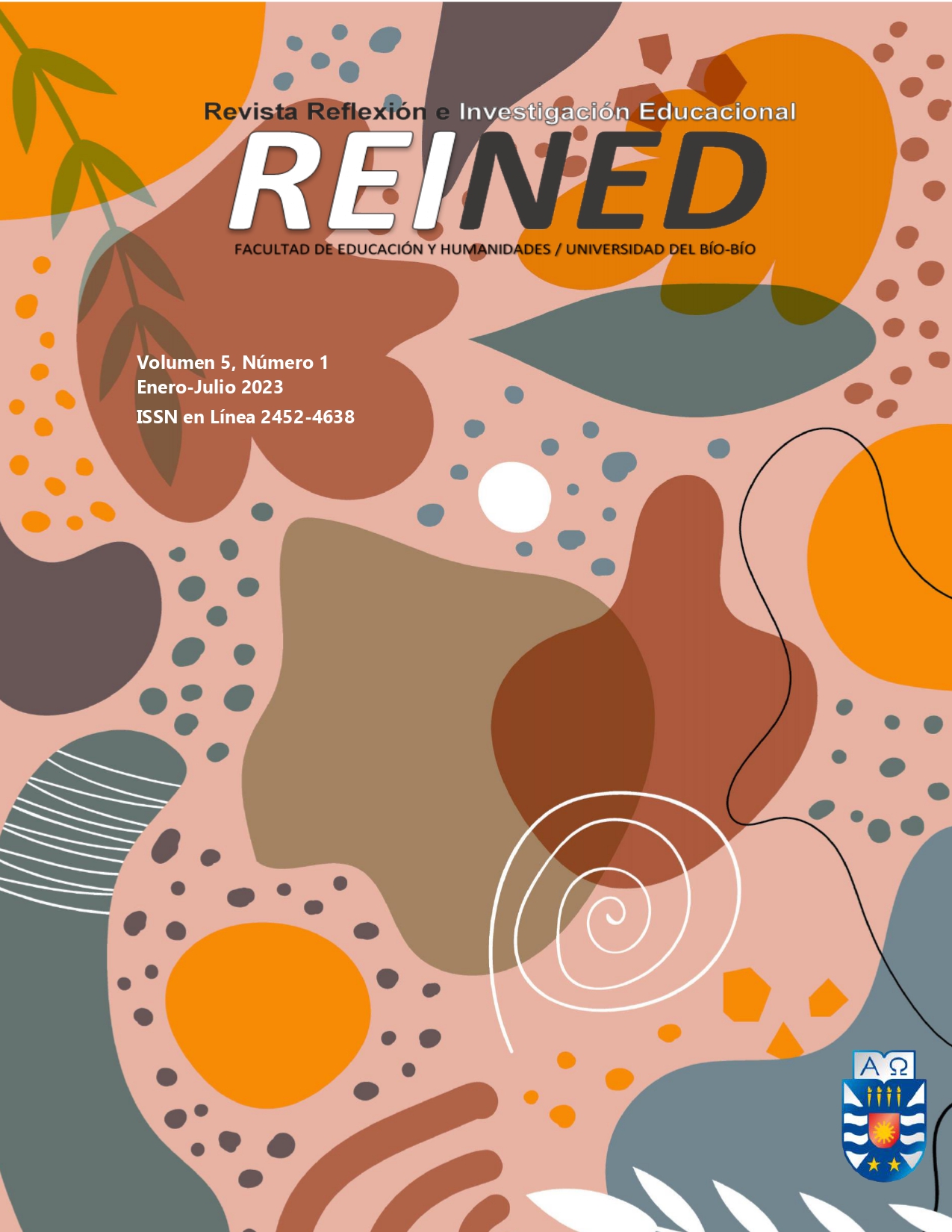Specialized educational service and Physical Education: Relationship of teachers in the learning context and inclusion of a deaf student
Main Article Content
Abstract
Specialized Educational Assistance (SEA) is a Special Education service that brings together various pedagogical and accessibility resources to meet the needs of students with disabilities and, in turn, School Physical Education (SPE) proposes the effective participation of all students, including students with deafness. Based on this context, it is necessary to work in partnership between the SEA teacher and the SPE teacher, sharing the teaching responsibility to favor everyone's access and learning, constituting a collaborative work. Based on this assumption, this research aimed to analyze the relationship between PE and AEE teachers in the context of learning and school inclusion of a deaf student in a small state school located in the interior of the state of São Paulo. From a qualitative perspective, exploratorydescriptive research was used. An interview was used as a data collection procedure and a semi-structured interview script was used as an instrument. As a form of data analysis, content analysis was used. A PE teacher and an AEE teacher participated in the research. The results were divided into three categories: Teaching planning and EFE, Relationship between AEE and EFE teacher and Communication teacher and deaf student. It was noticed that there is no partnership between the teachers, contrary to the recommendations contained in the official documents where the AEE must articulate the content between the teachers and collaborate with the different professionals and sectors of the school, however, the school organization does not guarantee a collaborative work, therefore, it is necessary to create a new structure that allows and guarantees moments of exchange of knowledge and experiences. And to create a new organization, it is necessary to think about new public policies that pay attention to the importance of offering adequate conditions for collaborative work to become a reality in Brazilian schools.
Article Details
References
Bardin, L. (2016). Análise de conteúdo: edição revista e ampliada. São Paulo: Edições, 70, 280.
Brasil. Ministério da Educação. (2009). Resolução nº 4, de 2 de outubro de 2009. Institui Diretrizes Operacionais para o Atendimento Educacional Especializado na Educação Básica, modalidade Educação Especial. Conselho Nacional de Educação. Câmara de Educação Básica.
Brasil. Presidência da República. (2005). Decreto n. 5.626, de 22 de dezembro de 2002. Regulamenta a lei n. 10.436, de 24 de abril de 2002, que dispõe sobre a Língua Brasileira de Sinais-Libras, e o art. 18 da lei n. 10.098, de 19 de dezembro de 2000. Diário Oficial da União.
Falkenbach, A. P. (2002). A educação física na escola: uma experiência como professor. UNIVATES.
São Paulo (2021). Política de Educação Especial do Estado de São Paulo. Secretaria da Educação do Estado de São Paulo.
Silva, F. K. R., dos Santos, D. N., & Fumes, N. D. L. F. (2014). Os Professores de educação física escolar e o atendimento educacional especializado nas escolas Públicas. Revista da Associação Brasileira de Atividade Motora Adaptada, 15(02). https://revistas.marilia.unesp.br/index.php/sobama/article/view/4181 DOI: https://doi.org/10.36311/2674-8681.2014.v15n02.4181
Silva, F.K.R., & Fumes, N. (2014). Possibilidades de Colaboração entre a Educação Física Escolar e AEE na visão dos professores envolvidos. Anais do Congresso Brasileiro de Educação Especial. https://proceedings.science/cbee/cbee6/papers/possibilidades-de-colaboracao-entre-a-educacaofisica--escolar-e-aee-na-visao-dos-professores-envolvidos?lang.

